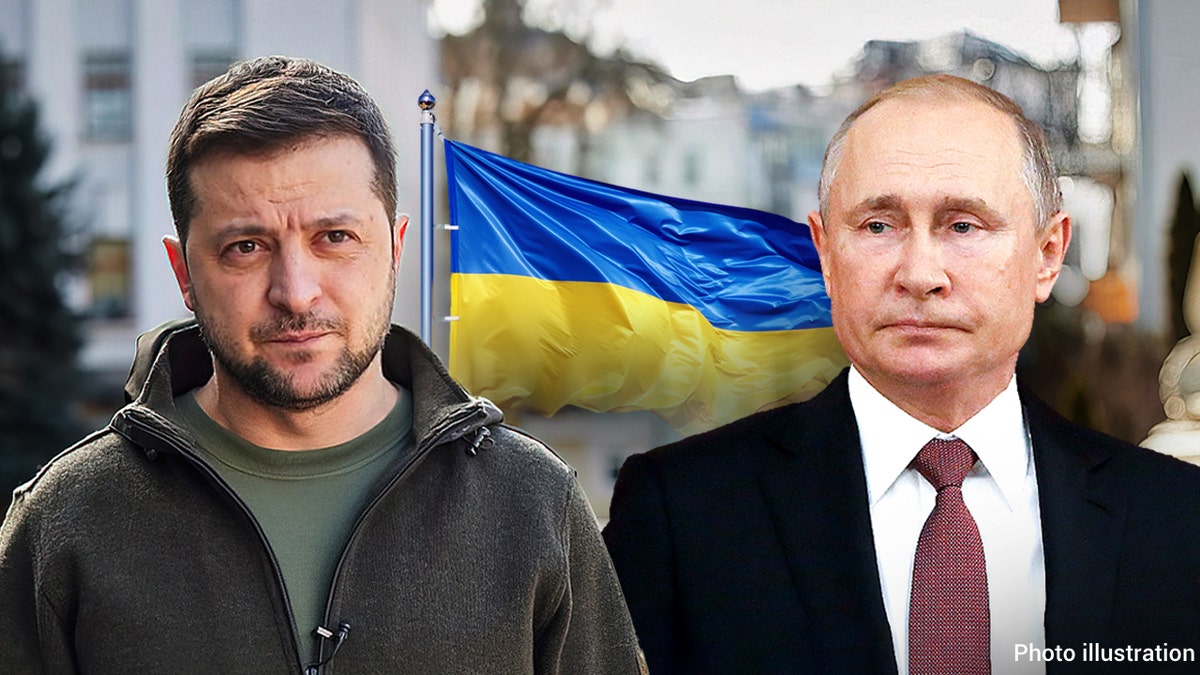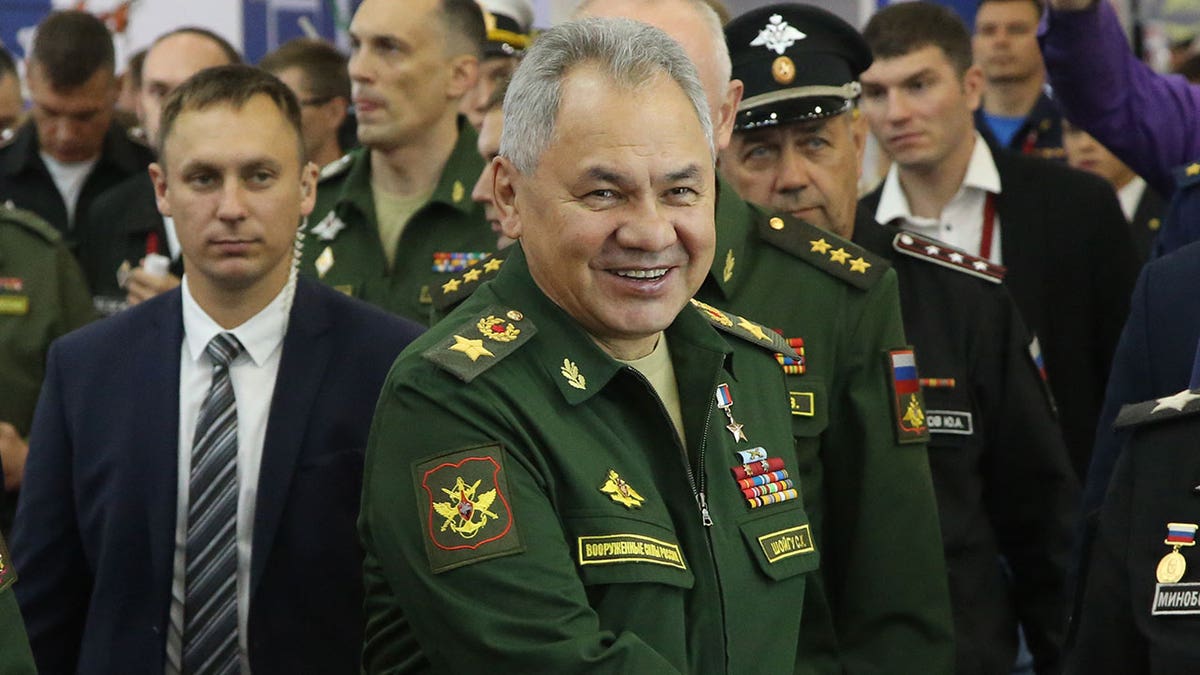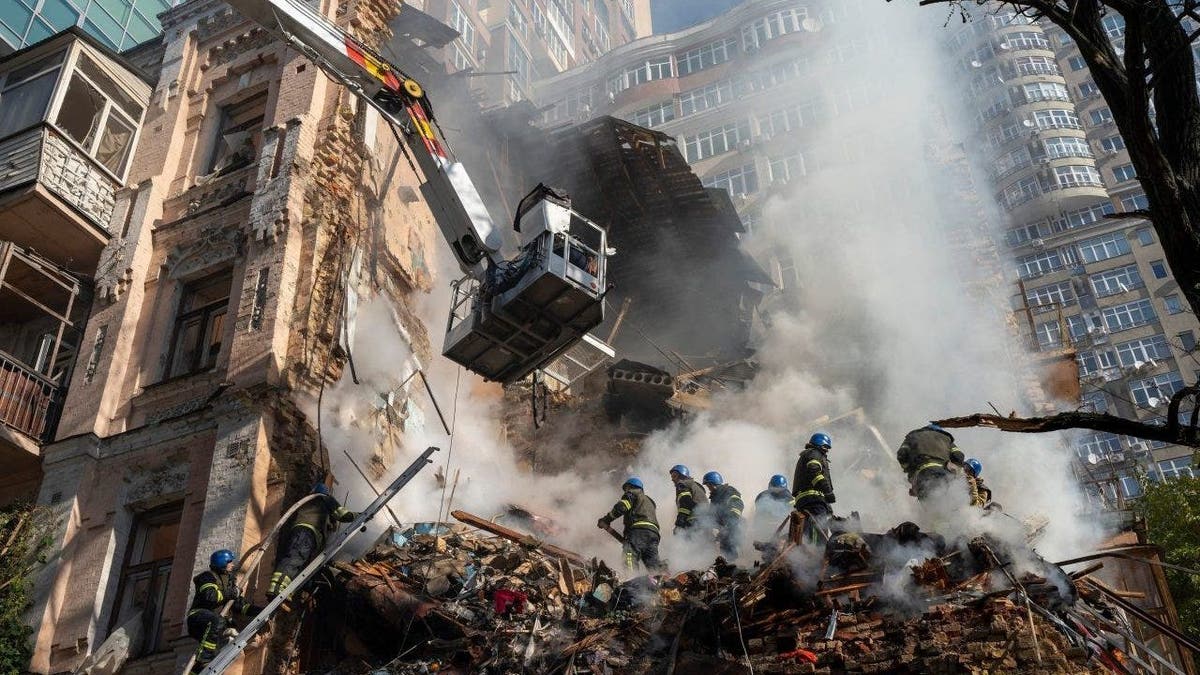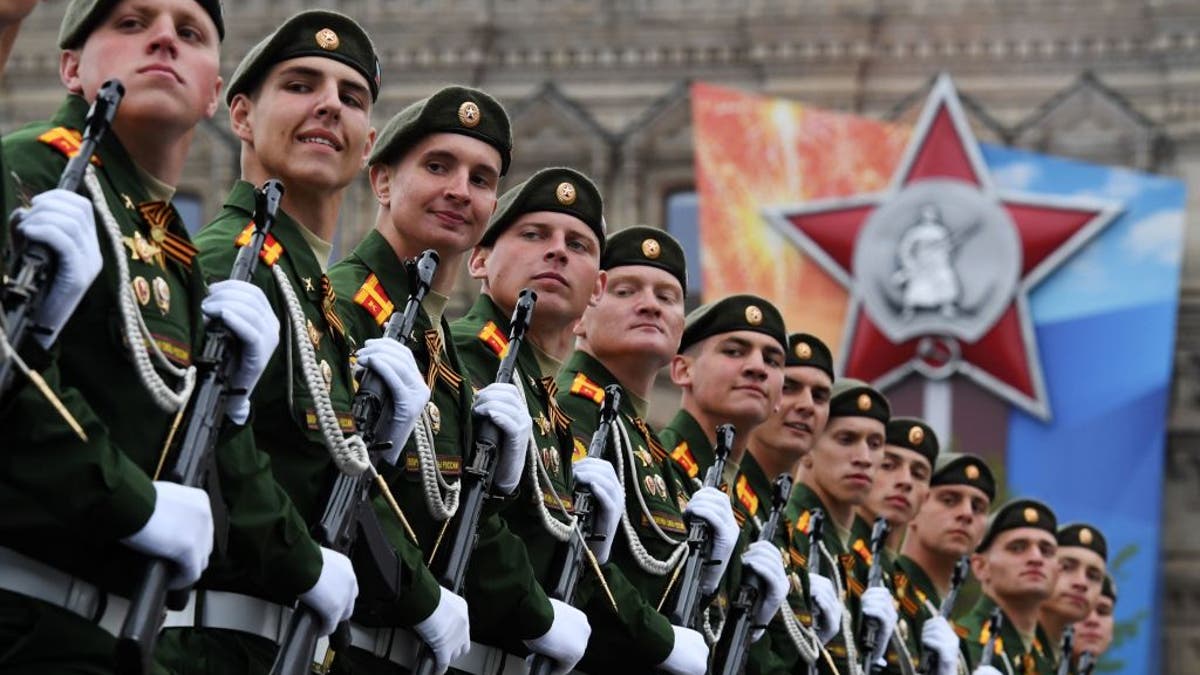Pentagon 'lost the big picture' in US aid to Ukraine: Rebekah Koffler
'Putin's Playbook' author Rebekah Koffler joined 'Fox & Friends First' to discuss the U.S. aid to Ukraine and the latest on Putin's assault.
Last week, Russia announced that it will make "major changes" to strengthen its armed forces’ during the 2023-2026 time period, a sign that Moscow is recasting its approach in Ukraine. Vladimir Putin’s new strategy is focused on fighting a large-scale war rather than a "special military operation." Here’s why this change will likely result in a permanent conflict in the European theater.
The roots of the war
Russia and US-led NATO -- a proxy party to the war -- view each other as their respective top security threats. Biden’s current National Security Strategy describes Russia as an "immediate threat." Russia’s post-Soviet military doctrine has codified NATO as the "primary danger."
Ukraine is the buffer state that each side seeks to rely on in the event of a direct NATO vs. Russia war. Trading territory for enemy’s blood to protect the heartland is the essence of this approach. It is why the question of control over Ukraine has been festering since the collapse of the U.S.S.R. in 1991, and it is where the balance of power in Eurasia has been contested for centuries.

KYIV, UKRAINE - MARCH 11, 2022 - President of Ukraine Volodymyr Zelenskyy and Russian President Vladimir Putin. (UKRINFORM/ Ukrinform/Future Publishing via Getty Images | getty)
Having won the Cold War, the U.S. has been incorporating Ukraine into the Western orbit, allowing the U.S. and Europe to reduce their military posture in Europe. Ukrainians are valiantly fighting the Russians, having sacrificed thousands of military personnel and 20,000 to 40,000 civilians to death or injury to hold the line, while the majority of NATO countries, 22 of 30, fail to contribute the required two percent of GDP towards common defense. Washington views the arming of Ukraine as a sound investment to bleed the Russian military.
RUSSIA-UKRAINE WAR AN OUTLOOK FOR 2023: MORE BLOODSHED TO COME WITH NO END IN SIGHT
Russia, which has been invaded three times in the last 200 years and has seen its buffer zone with NATO reduced to as little as 100 miles, after the Baltic states joined NATO in 2004, has drawn a red line over Ukraine.
Moscow views NATO expansion into Ukraine in the same way as if a Russia-lead Collective Security Treaty Organization moved into Mexico. In other words, the outcome of this war is existential for Putin, who is determined to keep Ukraine away from NATO, even if he has to destroy it.
All Out War Strategy
Putin believes his ultimate fear of having to fight a conventional war with NATO is becoming reality. The arrival of 100 Ukrainian troops in Oklahoma to train on the Patriot missile defense system and the Pentagon’s commitment to provide 50 Bradley Fighting Vehicles to Kyiv is taking the conflict to a new level.
Putin is moving to an all-out war strategy, developed on his orders after the Russian military strategists forecast a direct confrontation with NATO a decade ago.
In anticipation of retaliation by Ukraine and possibly NATO to his massive escalation in the theater, Putin is fortifying Moscow, to protect himself, his family, and the Russian elites.
Pantsir anti-aircraft systems were reportedly installed on several rooftops in central Moscow, including near the Kremlin, on top of the ministry of defense building, and near Putin’s Valdai residence in Russia’s Novgorod region. The system is placed on combat alert.

Russian Defence Minister Sergei Shoigu smiles while visiting the military exhibiton at the "Army 2022" Forum, on August 20, 2022 in Patriot Park, outside of Moscow, Russia. The International Military-Technical Forum 'Army 2022' forum, organized by Russian Ministry of Defence is the major annual military exhibition in the country. (Contributor/Getty Images)
On December 22nd, Putin, for the very first time, referred to the conflict in Ukraine, as war, rather than a "special military operation." Fighting a large-scale war, based on the Russian military doctrine, is a different animal than a "special operation." It involves a lot more personnel, new generation weapons, and cyber and space warfare capabilities. Russia believes what it views as America’s low tolerance for casualties and reliance on technology as vulnerabilities.
PUTIN'S FASHION FAUX PAS: RUSSIAN MILITARY UNIFORMS UNSUITABLE FOR COMBAT IN BRUTAL WINTER FIGHT
On December 21, Russia’s Defense Minister Sergei Shoigu announced a plan to beef up Russia’s military from 1 to 1.5 million. Towards this goal, Russia is adding half-a-million conscripts, according to Ukraine’s defense intelligence, to the previously mobilized 315,000 additional soldiers.
Last week, Shoigu emphasized Russia’s goal to augment, naval, aerospace, and nuclear forces, in order "to guarantee the military security of the state." Earlier, Putin also assigned the chief of the military general staff, Valeriy Gerasimov, to lead combat operations in Ukraine, a notable move as Gerasimov is the author of a special anti-U.S. doctrine.
Endless War in the European Theater
Putin, consistent with Russian warfare traditions, is preparing for a long-term war of attrition. Russia’s way of winning wars is relentless attrition of manpower. It is how Russia has fought every war for centuries – throwing millions into the meat-grinder to prevail.
The Russians sacrificed 25 million lives in World War II and their current losses are approximately 100,000. Given Russia’s population of 143 million, there’s a lot more bleeding that lies ahead before Washington could reach its goals of Ukrainian victory and weakening Russia.
CLICK HERE TO GET THE OPINION NEWSLETTER

FILE - Firefighters work after a drone attack on buildings in Kyiv, Ukraine, Oct. 17, 2022. (AP Photo/Roman Hrytsyna, File) (AP Photo/Roman Hrytsyna, File)
The upcoming admission of Sweden and Finland into NATO will create a permanent flashpoint in the region. Contrary to Washington’s belief, this move is more likely to further destabilize Europe than bring peace.
Russia shares an 832-mile border with Finland. These two countries’ acceptance into the alliance will automatically double the border between NATO and Russia, from around 750 miles to about 1,600, exacerbating Russia’s security worries.
Russia shares a turbulent past with both Sweden and Finland dating back to the 17th and 18th centuries, having fought multiple wars with them. In fact, Russia defeated Sweden and ended the Great Northern War in July 1709 at the battle of Poltava, which today is located in the eastern part of Ukraine.
Long-range disruptions
The lives of millions of people have already been upended by the war, with more upheavals on the way. The disruptions caused by migration, human tragedy, food insecurity, and energy shortages will go far beyond the immediate crisis, straining the U.S. and European economies, militaries and societies.
The International Monetary Fund warned in a recent study that "geo-economic fragmentation" could decrease global gross domestic product by up to 7% over an unspecified "long-term" period, reversing the economic integration and globalization trends of recent decades.

Russian servicemen march at Red Square during the general rehearsal of the Victory Day military parade in Moscow on May 6, 2018. - Russia marks the 73rd anniversary of the Soviet Union's victory over Nazi Germany in World War Two on May 9. (KIRILL KUDRYAVTSEV/AFP via Getty Images) ( (KIRILL KUDRYAVTSEV/AFP via Getty Images))
The IMF forecasted greater impact, 8-12%, on low-income and emerging economies, attributing it to the Russia-Ukraine conflict and COVID-19 pandemic. Many countries are heavily dependent on Russia and Ukraine for food imports and on Russia, for energy. The World Bank recently issued a similar report, highlighting the food crisis as the "most alarming concern."
CLICK HERE TO GET THE FOX NEWS APP
What originated as a localized conflict is now firmly on a path towards an endless war with international ramifications. Having invested heavily -- financially and emotionally – in this existential battle, the warring parties have no exit strategies.
This long-term impact on Europe and the world will be incalculable.





















